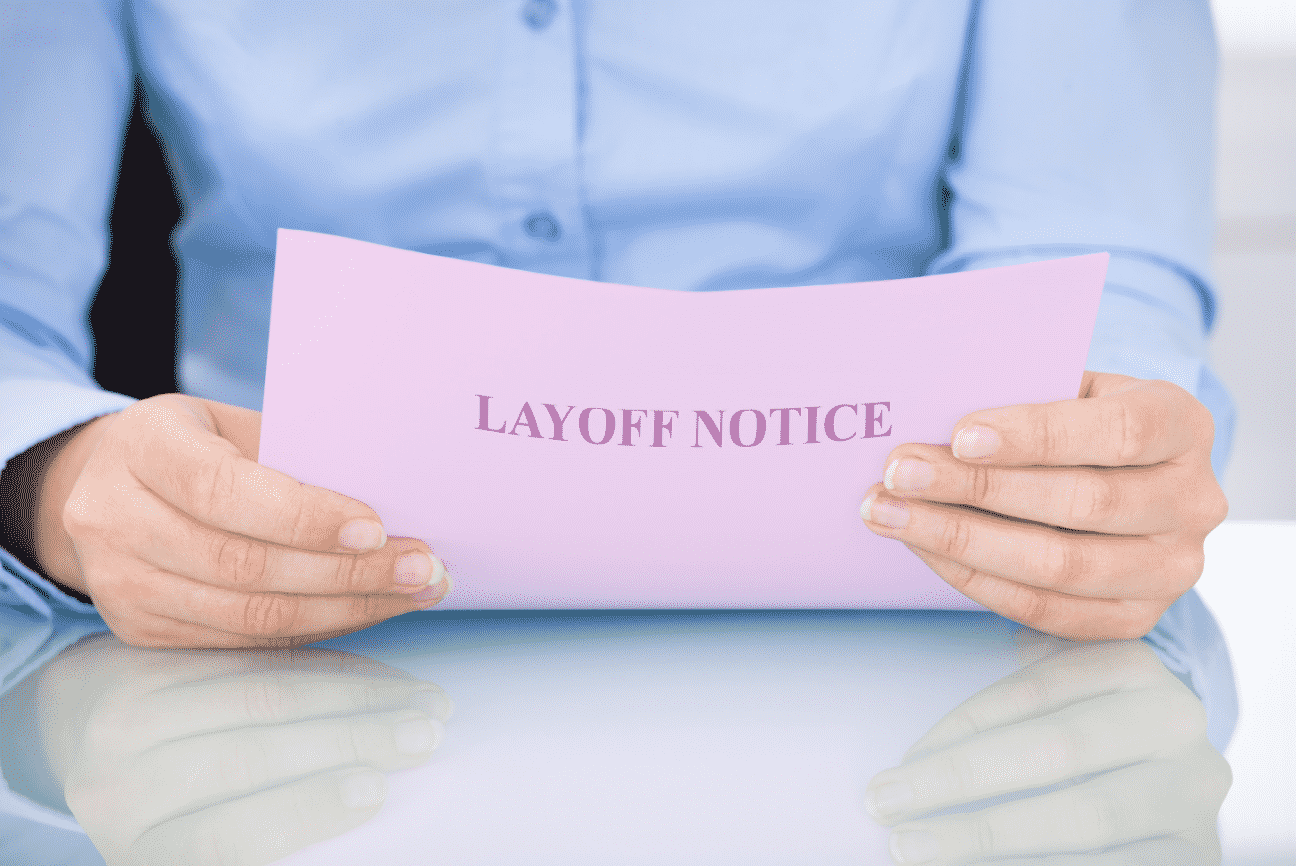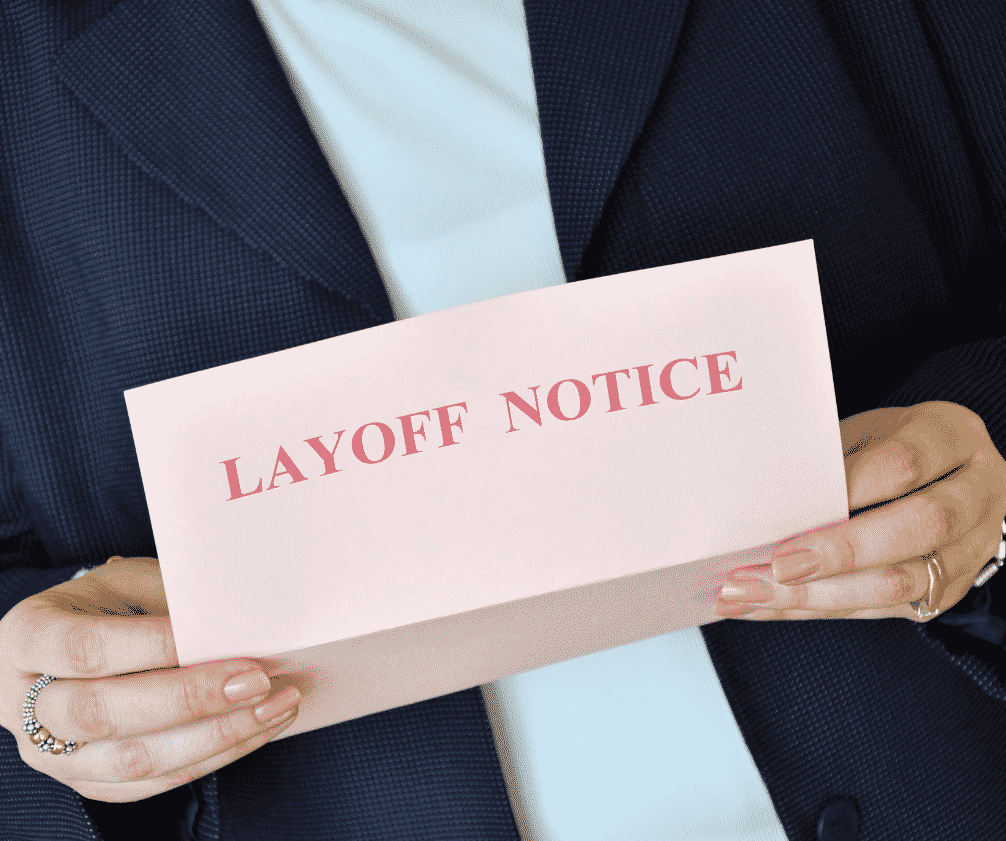What’s the difference between a furlough and a layoff?
First, you should note that the language used when sending employees home for a period of time is less important than communicating your actual intent. Since temporary layoffs and furloughs are only used regularly in certain industries (usually seasonal), you should not assume that employees will know what they mean. Be sure to communicate your plans for the future, even if they feel quite uncertain or are only short-term.
Furlough
A furlough continues employment, but reduces scheduled hours or requires a period of unpaid leave. The thought process is that having all employees incur a bit of hardship is better than some losing their jobs completely. For example, a company may reduce hours to 20 per week for a period of time as a cost-saving measure, or they may place everyone on a two-week unpaid leave. This is typically not considered termination; however, you may still need to provide certain notices to employees about the change in the relationship, and they would likely still be eligible for unemployment.
If the entire company won’t be furloughed, but only certain employees, it is important to be able to show that staff selection is not being done for a discriminatory reason. You’ll want to document the non-discriminatory business reasons that support the decision to furlough certain employees and not others, such as those that perform essential services.
Layoff
A layoff involves terminating employment during a period when no work is available. This may be temporary or permanent. If you close down completely, but you intend to reopen in the relatively near future or have an expected reopening date—at which time you will rehire an employee, or all employees—this would be considered a temporary layoff. Temporary layoffs are appropriate for relatively short-term slowdowns or closures. A layoff is generally considered permanent if there are no plans to rehire the employee or employees because the slowdown or closure is expected to be lengthy or permanent.
Pay for Exempt Employees (those not entitled to overtime)
Exempt employees do not have to be paid if they do no work at all for an entire workweek. However, if work is not available for a partial week for an exempt employee, they must be paid their full salary for that week, regardless of the fact that they have done less work. If the point is to save money (and it usually is), it’s best to ensure that the layoff covers the company’s established 7-day workweek for exempt employees. Make it very clear to exempt employees that they should do absolutely no work during any week you’re shut down. If exempt employees do any work during that time, they will need to be paid their normal weekly salary.
Pay for Non-Exempt Employees (those entitled to overtime)
Non-exempt employees only need to be paid for actual hours worked, so single day or partial-week furloughs can be applied to them without worrying about pay implications.
We recommend that you engage in open communication with the affected employees before and during the furlough or temporary layoff period.
Need help navigating COVID-19 for your business? Learn more about our HR Pros through HR On Demand today.
Content provided by Ahola’s HR Support Center.







Reply a Comment